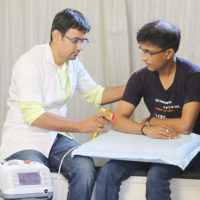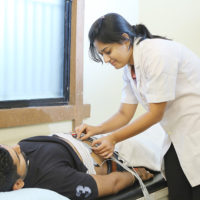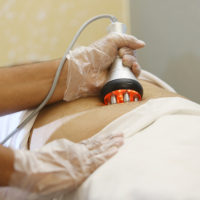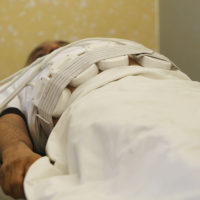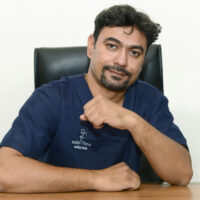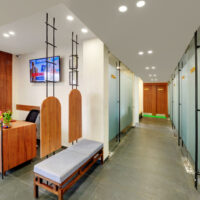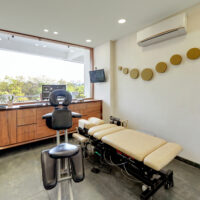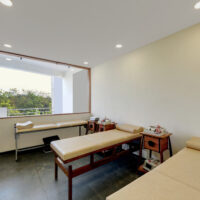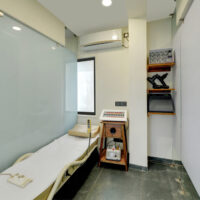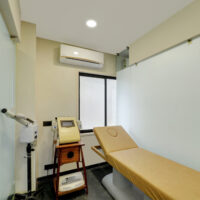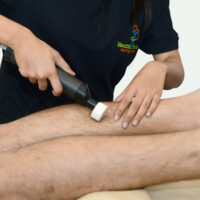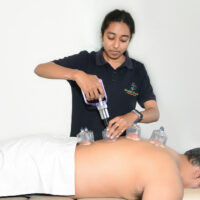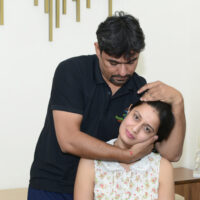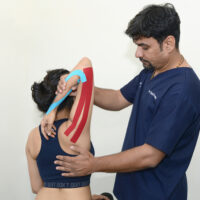Neurological disorders are medically defined as disorders that affect the brain as well as the nerves found throughout the human body and the spinal cord. Structural, biochemical or electrical abnormalities in the brain, spinal cord or other nerves can result in a range of symptoms.
Neurological Disorders
A stroke occurs when the blood supply to a part of the brain is interrupted or reduced, which can cause damage to brain cells and lead to a range of neurological symptoms. There are two main types of strokes: ischemic strokes and hemorrhagic strokes.
Ischemic strokes occur when a blood clot blocks a blood vessel in the brain, reducing or cutting off blood flow to a particular area of the brain. Hemorrhagic strokes, on the other hand, occur when a blood vessel in the brain ruptures or leaks, causing bleeding in or around the brain.
Symptoms of a stroke can vary depending on the location and severity of the stroke, but often include sudden onset of one or more of the following symptoms:
- Paralysis, Numbness or weakness in the face, arm, or leg, especially on one side of the body
- Confusion, trouble speaking, or difficulty understanding speech
- Trouble seeing in one or both eyes
- Trouble walking, dizziness, loss of balance or coordination
- Severe headache with no known cause
Fascial Distortion (FDM) Therapy
Electrical Stimulation
Stretching and Strengthening exercises
Coordination Exercises
Gait training
- Manage high blood pressure
- Control diabetes
- Maintain a healthy weight
- Exercise regularly
- Eat a healthy diet
- Limit alcohol consumption
- Don’t smoke and avoid exposure to secondhand smoke
- Manage atrial fibrillation (AFib)
- Control cholesterol levels
- Regular medical check-ups
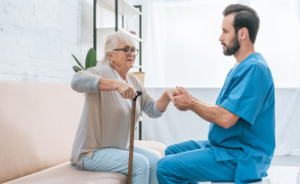
Parkinson's Disease
Parkinson’s disease is a progressive neurological disorder that affects movement, speech, and other functions. It is caused by the degeneration of dopamine-producing neurons in the brain, which leads to a lack of dopamine, a neurotransmitter that helps control movement.
The most common symptoms of Parkinson’s disease include tremors or shaking, stiffness or rigidity of the limbs and trunk, slow movements, and difficulty with balance and coordination. Other symptoms may include changes in speech and writing, difficulty with swallowing, and sleep disturbances
There is no cure for Parkinson’s disease, but there are treatments available to help manage symptoms and improve quality of life. Medications such as levodopa, dopamine agonists, and MAO-B inhibitors can help increase dopamine levels in the brain and improve symptoms. In addition, physical therapy and exercise programs can help improve balance, mobility, and flexibility, and may also help reduce the risk of falls.
Fascial Distortion (FDM) Therapy
Electrical Stimulation
Stretching and Strengthening exercises
Coordination Exercises
Gait training
- Engaging in regular physical exercise has been associated with a lower risk of developing Parkinson’s disease.
- Eat a balanced diet that includes plenty of fruits, vegetables, whole grains, lean proteins, and healthy fats.
- Protect yourself from environmental toxins.
- Obesity and excess weight have been associated with an increased risk of Parkinson’s disease.
- Poor sleep quality and inadequate sleep duration have been linked to an increased risk of Parkinson’s disease. Prioritize good sleep habits, such as maintaining a consistent sleep schedule, creating a relaxing sleep environment, and practicing good sleep hygiene.
- Engage in mentally stimulating activities, such as puzzles, reading, or learning new skills, to keep your brain active.
- Quit smoking and limit alcohol consumption.

Head Injury
A head injury occurs when there is trauma to the scalp, skull, or brain. Head injuries can range from mild concussions to more severe traumatic brain injuries (TBIs).
Symptoms of a head injury can vary depending on the severity and location of the injury, but may include:
- Headache
- Dizziness or lightheadedness
- Nausea or vomiting
- Loss of consciousness
- Confusion or disorientation
- Memory loss
- Seizures
- Vision or hearing changes
- Slurred speech
- Weakness or numbness in the extremities
Fascial Distortion (FDM) Therapy
Stretching and Strengthening exercises
Coordination Exercises
Gait training
- Whenever engaging in activities that pose a risk of head injury, such as contact sports, cycling, motorcycling, or construction work, wear appropriate protective gear. This may include helmets, headgear, or safety hats designed for specific activities.
- Always wear seat belts when driving or riding in a vehicle, and ensure that children are secured in appropriate child safety seats or booster seats.
- Falls are a common cause of head injuries, particularly among older adults and young children. To prevent falls, ensure that living areas are well-lit and free from hazards.
- Make homes and workplaces safe.
- Alcohol and drug use impair coordination and judgment, increasing the risk of accidents and head injuries
- Practice safe driving
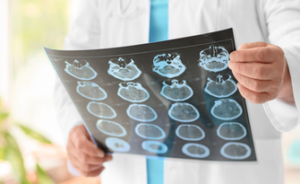
Spinal Cord Injury (SCI)
A spinal cord injury (SCI) is damage to the spinal cord that can result in temporary or permanent changes in sensation, movement, and other bodily functions.
SCI can occur due to a range of causes, including traumatic injuries such as car accidents or falls, as well as non-traumatic injuries such as infections, tumors, and degenerative diseases.
The symptoms of SCI vary depending on the location and severity of the injury. Symptoms may include:
- Loss of movement or sensation in the limbs or torso
- Difficulty breathing or coughing
- Loss of bowel or bladder control
- Changes in sexual function
- Pain or sensitivity in the affected area
- Spasms or exaggerated reflexes
- Difficulty with balance or coordination
Fascial Distortion (FDM) Therapy
Electrical Stimulation
Stretching and Strengthening exercises
Coordination Exercises
Gait training
- Whenever engaging in activities that pose a risk of head injury, such as contact sports, cycling, motorcycling, or construction work, wear appropriate protective gear. This may include helmets, headgear, or safety hats designed for specific activities.
- Always wear seat belts when driving or riding in a vehicle, and ensure that children are secured in appropriate child safety seats or booster seats.
- Falls are a common cause of head injuries, particularly among older adults and young children. To prevent falls, ensure that living areas are well-lit and free from hazards.
- Make homes and workplaces safe.
- Alcohol and drug use impair coordination and judgment, increasing the risk of accidents and head injuries
- Practice safe driving

YOUR NEXT STEPS!
-
Request An Appointment
-
Find the Root Cause and Receive A Custom Treatment Plan
-
Monitor Progress
-
Recover & Get Back to Life!
